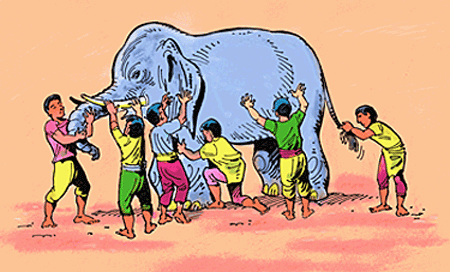Bernard Beitman, a visiting psychiatrist at the University of Virginia, has been studying meaningfuly coincidence for decades and has recently completed a book on it. We’ve written several posts about his work. Recently, he posted the following piece on his website and we asked him if we could re-post it here.
Probabilities are a favorite tool of skeptics, who often go to considerable lengths to explain away a coincidence even when they have experienced it.
+++
David Spiegelhalter of Cambridge University and David Hand of the Imperial College of London are among several statisticians who believe that they have solved the coincidence problem. Probabilities! Any event that can happen will happen given a large number of instances. If a coin is flipped an infinite number of times, there will sometime be a run of 100 tails in a row.
Life is not usually a series of coin flips except for lotteries and competitive games—someone has to win and occasionally the same person wins. Coincidences are defined by being low probability events, but there can be other contributions beyond probabilities to their appearance. These include: subconscious intentions and behaviors, group dynamics, yet to be discovered scientific forces, and mystery.
The faithful have an answer not only to mystery but to probability. Their explanation is God who works wonders in mysterious ways. As the faithful are the first to declare—they do not know how God works His wonders. They simply have faith that He does. Faith is belief beyond the need for causal understanding.
Statisticians and the Faithful tend to use coincidences to affirm their beliefs about the nature of reality. Just as people who own a kind of car or drink a kind of beverage are confirmed in their choice by advertising for their car or drink, coincidences can be used to feel supported in holding your cherished belief.
The statisticians and the faithful have only part of the truth, not all of it. The famous story of the elephant and the blind (in the dark) men trumpets this more accurate view.
In the common version of the tale, which originated in the Indian subcontinent, the blind men touch an elephant to learn what it is made of. Each one feels a different part, but only one part, such as the side or the tusk. They then compare notes and learn that they are in complete disagreement. The person feeling a leg says it is a tree. Another feeling the side, says it is a wall. The tail feels like a rope, the tusk feels like a spear, the trunk like a snake, and the ear like a fan.
Like the blind men, those who feel certain about their knowledge of coincidence must recognize that each holds only a piece of the truth.
I invite my statistical and faithful colleagues to join with me in the search for a clearer understanding of the place of probability and mystery in the study of coincidences.









Interesting story – but we only ever have our own realisation as to what anything is. There doesn’t have to be an answer that can be put down on paper (or a blog or website) – it’s more than that.